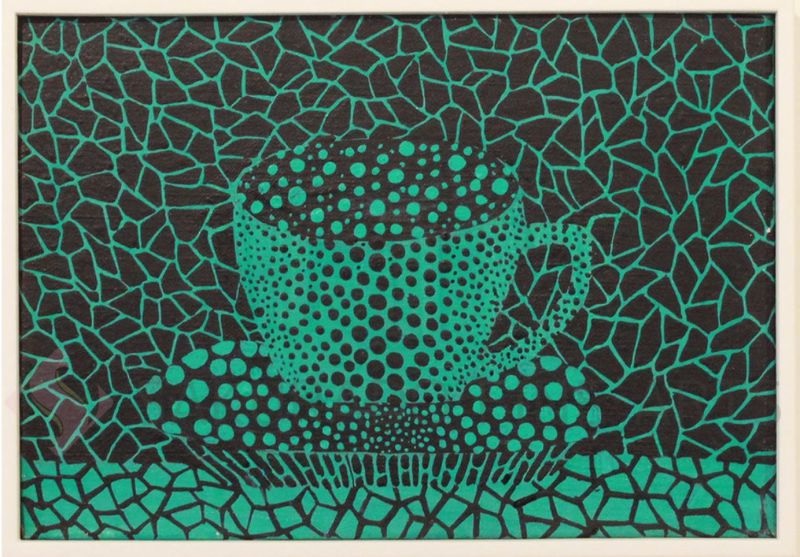A new study in Cancer Research shows that women who experienced six or more symptoms of PTSD had a 200% greater likelihood of developing ovarian cancer, compared with women who didn’t experience PTSD symptoms.
Up until now, researchers haven’t been able to pinpoint too many risk factors for ovarian cancer, but it could be that PTSD is a significant one.
So why the link?
Well, you might have guessed it — probably stress.
Previous research in animals has shown that “stress and stress hormones can accelerate ovarian tumor growth, and that chronic stress can result in larger and more invasive tumors.“
So what does this mean? Well, treating PTSD could help lower your risk of ovarian cancer, which is yet another reason why we need to take mental health so seriously. It is your physical health.
“Ovarian cancer has relatively few known risk factors—PTSD and other forms of distress, like depression, may represent a novel direction in ovarian cancer prevention research,” said study coauthor Shelley Tworoger, PhD, Associate Center Director of Population Science at Moffitt Cancer Center.
“If confirmed in other populations, this could be one factor that doctors could consider when determining if a woman is at high risk of ovarian cancer in the future.”
The mainstays of PTSD therapy are medication, exposure therapy, and/or the latest EMDR.
Talk to your doctor.
Painting is Coffee Cup (1981) by Yayoi Kusama, who battled severe trauma her entire life.
She used repetitive polka dots to represent her lifelong hallucinations, and has said that “by continuously producing the forms of things that terrify me, I am able to suppress my fear…. I’m able to revel in my illness in the dazzling light of day.”
In 1977, she voluntarily checked in a mental health facility and lives there, to this day.

